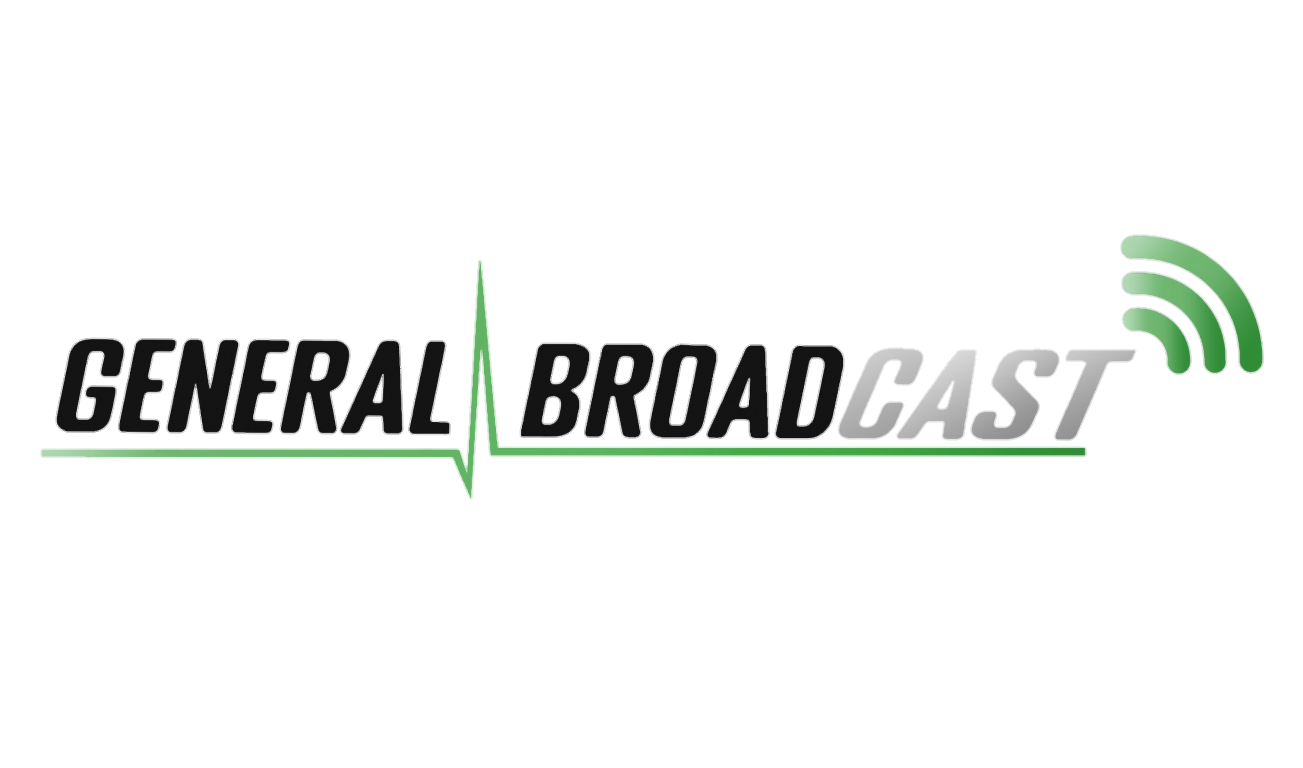Hypoglycaemia
Introduction
As we embark on a new term with a fresh cohort of first-year students, we thought we would tackle an easy subject for them to get their teeth into… whilst also exploring some themes and areas for the more experienced out there.
What is Diabetes?
To grasp diabetes, we first need to understand normal endocrine function. Here’s a brief overview:
Normal Endocrine Function
Carbohydrate Metabolism: Carbohydrates in food are broken down into glucose, which is absorbed into the bloodstream. This glucose is either used (oxidised) immediately for energy in the form of ATP or stored for later use as glycogen.
Insulin’s Role: Insulin, produced by the pancreas, is crucial for driving glucose into cells. It binds to its receptor on target cells, allowing glucose transporters to move glucose from the bloodstream into cells, as ATP creation happens inside the cell.
For a detailed description of insulin's role and the pancreas’s functions, check out NCBI.
Types of Diabetes Mellitus
Diabetes mellitus, derived from the Greek "siphon" and Latin "honey," signifies a disorder related to insulin. The primary types are:
Type 1 Diabetes Mellitus
Characteristics: Type 1 DM is characterized by the destruction of insulin-producing beta cells in the pancreas, often due to an autoimmune process, leading to inadequate insulin secretion.
For a comprehensive review, see NEJM.
Type 2 Diabetes Mellitus
Characteristics: Type 2 DM, also known as insulin-resistant diabetes, typically develops later in life due to a mismatch between insulin levels and the sensitivity of insulin receptors. It is often associated with obesity and advancing age.
Other Types: Includes gestational diabetes, Wolfram syndrome, and steroid-induced diabetes. Further details can be found here.
Diabetes Insipidus
Clarification: Despite the name, diabetes insipidus is unrelated to insulin and blood glucose levels. For more information, consult additional resources here.
Complications of Diabetes
Unmanaged diabetes can lead to various complications, categorised into microvascular and macro vascular issues:
Microvascular Complications
Retinopathy: Damage to the retina can lead to vision problems.
Neuropathy: Includes peripheral neuropathy (pain and sensory changes) and autonomic neuropathy (e.g., resting tachycardia, erectile dysfunction).
Nephropathy: Chronic kidney infections and damage.
Macrovascular Complications
Coronary Heart Disease: Increases the risk of chest pain, heart failure, and dyspnea.
Cerebrovascular Issues: Higher risk of cerebrovascular events like stroke.
Peripheral Vascular Complications: Can lead to ulcerations and infections.
For an in-depth explanation of how chronic hyperglycemia affects endothelial cells and leads to complications check out the video below.
Hypoglycemia: Recognition and Management
Recognition
Whipple’s Triad is used to diagnose hypoglycemia:
Hypoglycemic Symptoms: Includes autonomic features like pallor and tachycardia, and neuroglycopenic symptoms such as confusion and visual disturbances.
Low Blood Glucose Readings: Confirmatory blood glucose tests.
Resolution: Symptoms should improve with normalization of glucose levels.
Measuring Glucose
Capillary Glucose Testing: This commonly used test involves a device (often referred to as "BM") to measure glucose levels. For accurate results, avoid using isopropyl alcohol wipes as they might impact the enzyme in the test strips. Refer to PCD Society and related studies for more information.
As discussed in the podcast, manufacturers advise that a venous sample may not be equivalent to a capillary sample, and as such we should avoid taking a sample from the end of the cannula, Here’s the study we discussed
Treatment
Gluco Gel: Administered orally and absorbed through the gums. Patient must have a high enough GCS to take this. Caution in low GCS as risk of airway compromise.
Oral Intake: Fast sugars and slow carbs can be used. Normally a sugary drink followed by tea and toast.
IV Glucose: Administered in severe cases; the maximum dose is 300 ml in JRCALC however it might be appropriate to exceed this in certain cases. I.E. Insulin OD.
. IM Glucagon alternative treatments like glucagon for insulin overdose or when intravenous access is challenging. Glucagon stimulates glycogen breakdown in the liver, raising blood glucose levels. It's not suitable for patients with pheochromocytoma or those with depleted glycogen stores. In patients who have already had.a hypo or a prolonged hypo, it may have limited effectiveness. You must get the patient to take on oral sugars once consciousness improves.
We briefly discussed incidences where hydrocortisone may be of benefit to reduce the sensitivity to insulin. Find more information here. This isn’t in many guidelines. Remember all clinicians are responsible for their own practice, see The Legal Bit for more
Ongoing Management
Determining the underlying cause of hypoglycemia is crucial. Common causes include:
Accident or Oversight: Such as insulin overdose or non-compliance.
Illness: Conditions like diarrhea and vomiting can affect glucose levels.
Stress: Illness-related stress can complicate diabetes management.
As always clinicians are responsible for their own practice. These podcasts are produced for informative purposes and should not be considered sufficient to adjust practice. See "The Legal Bit" for more info.
If you’ve got any comments or questions on the article please email generalbroadcastpodcast@outlook.com or post in the comments section.
Don’t forget to tweet and share GB if you liked it using #FOAMed. If you like us, please consider supporting us on www.ko-fi.com/generalbroadcast
